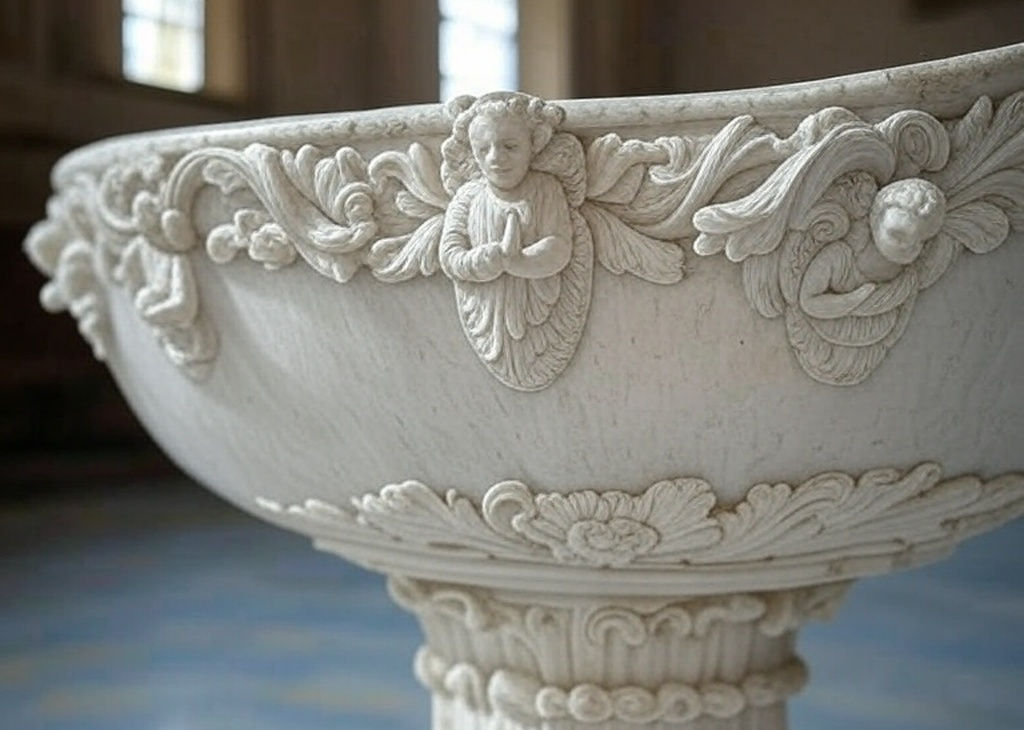When I was writing Emerging From Etna’s Shadow, , I wanted to ensure it was as historically accurate as possible. I pored over historical records and old newspapers to bring 1895 Sicily to life. But I also delved into the Catholic Church’s pre-Vatican II customs to ensure every detail felt authentic.
A friend recently asked about the baptism scene in my book, curious about the use of blessed salt, an element unfamiliar to many today. I thought others might share that curiosity, so let me shed light on this.
In the old Catholic Latin Rite of Baptism, used throughout Sicily in 1895, blessed salt carried deep meaning, symbolizing purification, preservation, and spiritual protection. It stood for cleansing the soul from sin, guarding against evil, and imparting divine wisdom, drawing on salt’s ancient role as a preservative and flavor enhancer. During the ceremony, the priest placed a pinch of blessed salt in the mouth of the person being baptized, known as a catechumen, while offering prayers for God’s blessing and protection. Rooted in early Christian traditions, this practice faded after the Second Vatican Council in the 1960s, when the Church simplified the rite.

The baptism scene also unfolds in the narthex, the entryway or lobby at the front of a church, rather than deeper inside. Blessed salt and the narthex both played key roles in preparing someone to join the Church. Those familiar with older churches may recall baptismal fonts often stood in the narthex. Seen as a bridge between the outside world, viewed as secular or sinful, and the sacred space where worship took place, the narthex marked the starting point for unbaptized infants, who carried original sin and weren’t yet full members of the Church. The rite began there with prayers, exorcisms, and the blessed salt ceremony, before the priest led the family to the font, often closer to the main worship area, to complete the baptism, symbolizing the child’s entry into the Christian community. After Vatican II, fonts were typically moved nearer the altar to highlight baptism as a communal celebration, and the narthex’s role diminished.
These rich traditions shaped the Sicilian baptisms I wove into my novel. Do you have favorite Church customs from the Latin Rite, or are you curious about other Sicilian traditions from 1895? I’d love to hear your thoughts!
Discover more from Joanne Giulietti
Subscribe to get the latest posts sent to your email.
